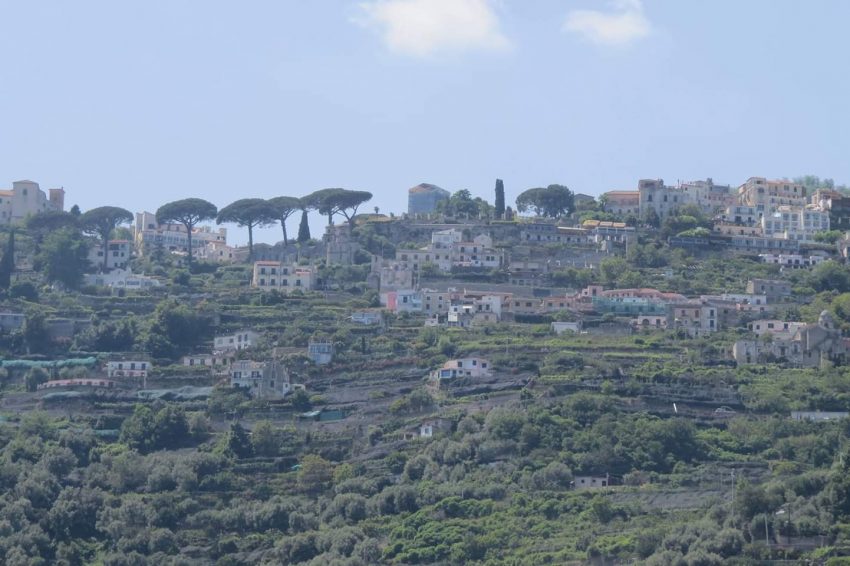Part 2 – Getting Around
Once you have decided what you want to do in each port, determining how to go about it can also be challenging. All cruise lines offer shore excursions, usually serviced by local tour companies and guides. The benefits of booking excursions through the cruise line is the ease of getting to and from your destination, the guarantees that the ship will wait for you if you run into trouble, and prescreened companies and guides that meet a high standard. Excursions can be booked and paid for in advance or while on the ship as a last minute decision. If you change your mind you can cancel or exchange your excursion for an onboard credit. Check with your cruise line for their policy.
The excursions can be costly and offer a preset agenda that may include stops or activities that are not exactly what you want. The time allowed at each destination may be longer or far too short than you would like, and that intriguing out of the way village or museum may not be on the agenda at all. Another concern for some is that many cities require your tours stop at a local factory or shop. These can be great opportunities for souvenir shopping or an annoying sales pitch that wastes some of your value time in port. Although I found the display of handmade rugs in Turkey fascinating, many of my fellow travelers were not pleased. One of the alternatives is a “on your own” excursion that provides transportation only, so you can plan your own agenda. These are cheaper and have many of the same benefits.
There are alternatives to the cruise excursions. You can book tours directly with local companies or pick up private tours upon arrival in the port. When we stopped for Athens at the port of Piraeus we grabbed one of the private taxis waiting at the dock to take us to the Acropolis. Once there we negotiated a reasonable price for a full day guided tour with the taxi driver. He was a knowledgeable local who took us to all the major sites as well as many of the smaller sites we would otherwise not have seen, including a stop for souvenir shopping. Another unexpected benefit; he took pictures of us throughout the day, a rare chance for both of us to be in the same frame.
In Venice and Istanbul we used public transportation. It was fairly easy to navigate, and the challenge of finding our way around was half of the fun. Other ports were any easy walk off the ship to the major sites. These gave us more time and freedom to explore, to say nothing of being less expensive to explore.
At almost every port the signs and directions are printed in English and the people who work in the tourist related industries speak some English, if not fluently. In return we learned a few key words and phrases in Italian, Turkish and Greek. That, combined with inventive charades, served us well.
For the last bit of advice on taking a Mediterranean Cruise: A Sample of Europe be sure to read Part 3 – Everything Else.
